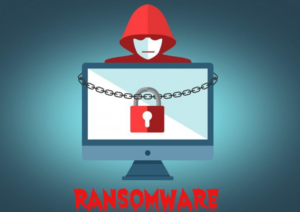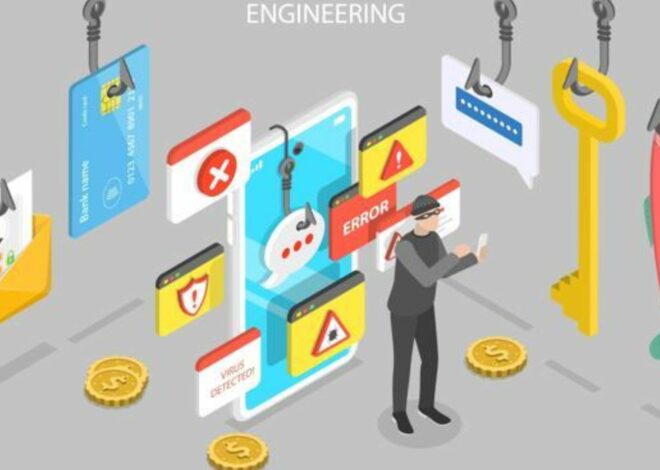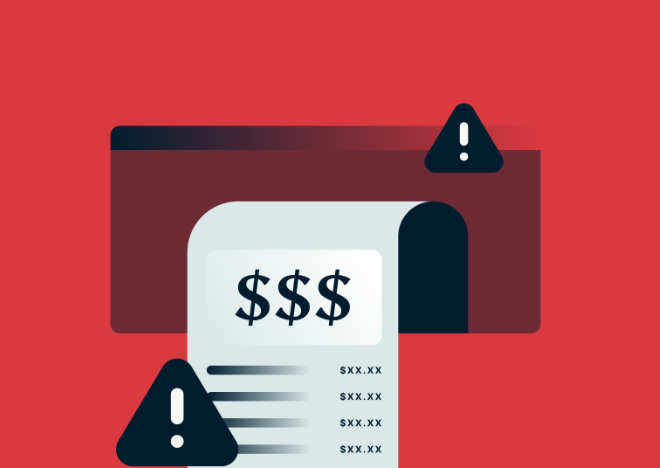
Ransomware Attack Recovery Strategies
In today’s interconnected world, ransomware attacks have emerged as one of the most pressing cybersecurity threats. These attacks can cripple individuals, businesses, and even critical infrastructure, causing significant financial losses and reputational damage. Ransomware attacks are characterized by cybercriminals encrypting valuable data and demanding a ransom for its release. In this article, we will delve into the harrowing world of ransomware attacks and, more importantly, explore strategies for recovering from these debilitating incidents. We will also help you to know what a ransomware attack is and how to stay safe .

Understanding Ransomware Attacks
Ransomware attacks come in various forms, but they all share a common objective: to lock victims out of their own data. They can infiltrate systems through deceptive emails, malicious downloads, or exploiting vulnerabilities. The motivations behind these attacks are primarily financial gain. Attackers demand ransom payments in cryptocurrency, often with the promise of providing decryption keys once the payment is made. Understanding the mechanics of ransomware attacks is the first step in devising an effective recovery plan.
Immediate Response
The initial moments after a ransomware attack can be chaotic. Panic is a natural response, but quick and well-informed actions can mitigate the damage. The first step is to isolate the affected systems to prevent the malware from spreading. It’s crucial to notify relevant stakeholders, including IT teams and law enforcement, to start the investigation process. Importantly, cybersecurity experts advise against negotiating with cybercriminals, as it doesn’t guarantee the safe return of your data.
Data Backups and Recovery
Preparation is key to surviving a ransomware attack and having reliable data backups is at the heart of this preparedness. Regularly backing up critical data to offline or secure cloud storage can prevent data loss. When an attack occurs, instead of paying the ransom, organizations can simply restore their data from backups, minimizing downtime and financial losses. Ensuring the integrity of backup systems is crucial to prevent attackers from compromising them as well.
Evaluating the Ransom Demand
One of the most challenging decisions in the aftermath of a ransomware attack is whether to pay the ransom. While some organizations may see it as a quick solution to retrieve their data, it’s a contentious issue. Cybersecurity experts and law enforcement agencies strongly discourage paying ransoms. It not only fuels the criminal enterprise but also provides no guarantee that the attackers will provide the decryption keys. Organizations must weigh the ethical, legal, and practical implications before making a decision.
Engaging Law Enforcement
Ransomware attacks are criminal activities, and involving law enforcement can be crucial. Reporting the incident to law enforcement agencies can help track down cybercriminals and bring them to justice. It’s essential to cooperate fully with investigators, providing any evidence and information that can aid in their efforts. Working closely with law enforcement can also help organizations understand the legal aspects of the attack and any potential liabilities.
Rebuilding Systems and Networks
Recovery from a ransomware attack involves rebuilding compromised systems and networks. This process should be carried out meticulously to ensure that the vulnerabilities exploited by attackers are addressed. Organizations often turn to their backups to restore data and systems. However, it’s equally important to conduct a thorough security audit and implement robust cybersecurity measures to fortify against future attacks.
Cybersecurity Enhancements
Preventing a future attack is as crucial as recovering from the current one. In this section, we’ll explore how organizations can bolster their cybersecurity defences. This includes enhancing employee training to recognize phishing attempts, implementing multi-factor authentication, and regularly updating and patching systems to address vulnerabilities. The goal is to reduce the risk of falling victim to another ransomware attack.
Learning from the Experience
A ransomware attack, despite its devastating nature, can serve as a valuable lesson. Organizations should view the incident as an opportunity to learn and grow. By analyzing the attack vector, vulnerabilities, and response effectiveness, organizations can strengthen their cybersecurity posture and become more resilient to future threats.
Conclusion
In conclusion, recovering from a ransomware attack is a challenging journey that demands a combination of preparedness, resilience, and determination. By understanding the intricacies of ransomware attacks, having robust backup strategies, involving law enforcement, and fortifying cybersecurity defences, organizations can emerge from these ordeals stronger and better equipped to face the evolving threat landscape.


